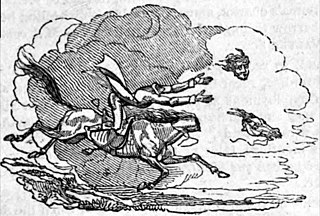The Enchanting Irish Folklore Creatures
Welcome to my article on Irish Folklore Creatures. In this article, I will share some information on some of our Irish Folklore Creatures told from stories passed down through generations. Some of these you will know well, while others you may not have encountered before.
I aim to continue the tradition in Ireland of passing on stories of our past, which are a part of our culture and heritage. Our Irish culture must be preserved and passed on so future generations can enjoy it. Like druids of the past who would keep our traditions alive through the telling of Irish Folklore Tales, I too hope to contribute to sharing this knowledge.
Irish folklore is full of magic and mystery, where the natural world and the supernatural often meet. For centuries, stories of strange creatures have been passed down through generations, giving life to legends that still captivate us today.
From mischievous leprechauns to the eerie cries of the Banshee, these Irish Folklore Creatures are more than just tales—they’re part of Ireland’s rich cultural heritage.
They reflect the beliefs, fears, and hopes of the people who lived long ago, and even today, these Irish folklore creatures continue to inspire wonder and imagination in books, movies, and everyday conversations.
Table of Contents
Irish Folklore Creatures
Leprechaun – The Mischievous Shoemaker
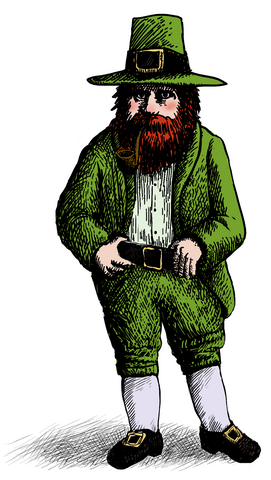
One of the most famous Irish Folklore Creatures is the leprechaun. These tiny, bearded men are known for their love of mischief and skill as shoemakers. Dressed in green and often hiding in the countryside, they’re believed to have a hidden pot of gold at the end of a rainbow. However, catching a leprechaun to claim his treasure is a challenging task. They’re clever and tricky, always finding a way to escape.
Leprechauns are known for their cunning and love playing pranks on unsuspecting people. But despite their mischief, they’re often seen as harmless, adding a bit of magic and humour to Irish folklore. Today, they’re a symbol of Ireland, popping up in stories, movies, and especially around St. Patrick’s Day.
For more information, read my articles on the Legend of Irish Leprechauns.
Banshee – The Harbinger of Death
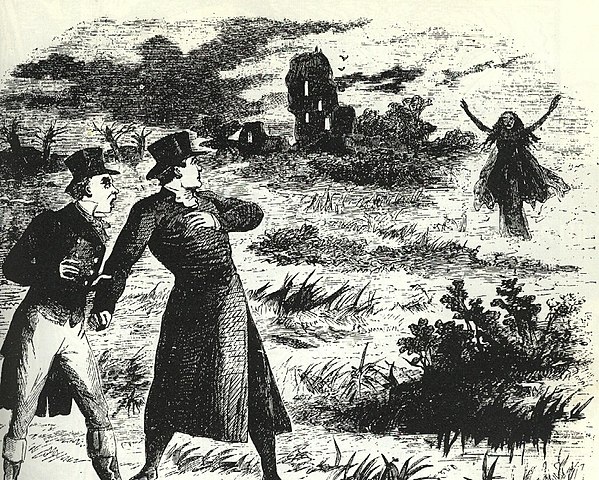
The Banshee is one of the most haunting figures of Irish folklore creatures. This mysterious female spirit is known for her eerie, mournful cry, which is said to warn that someone is about to die. In many stories, the Banshee appears as a beautiful young woman; in others, she takes the form of an old hag. No matter how she looks, her wailing is always a sign of impending death.
The Banshee doesn’t cause death herself but is more like a messenger from the Otherworld. Families, especially those with ancient Irish roots, believed that hearing her cry meant that a loved one was about to pass away. Though frightening, she is also profoundly connected to Irish tradition, reminding people of the delicate balance between life and death. Even today, the legend of the Banshee continues to send chills down the spine of those who hear it.
Please read my article on the Folklore of the Irish Banshee for more information.
Dullahan – The Headless Horseman
The Dullahan is one of the most terrifying creatures in Irish folklore but is less known than the leprechaun or the banshee. This headless horseman rides a black horse through the night, carrying his own head under his arm. The Dullahan’s head has a creepy ability to see great distances, and its wide grin stretches from ear to ear. Wherever the Dullahan rides, it’s said to bring death.
The Dullahan doesn’t speak, but when it stops its ride, it means someone nearby is about to die. In some stories, he even calls out the name of the person whose time has come. It is impossible to escape from him, as no door or gate can keep him out.
Though he’s a frightening figure, the Dullahan is also fascinating. He represents the idea that death is unavoidable. His legend has inspired stories worldwide, especially other tales of headless horsemen, making him one of the most enduring figures in Irish mythology.
Selkie – The Seal Who Becomes Human
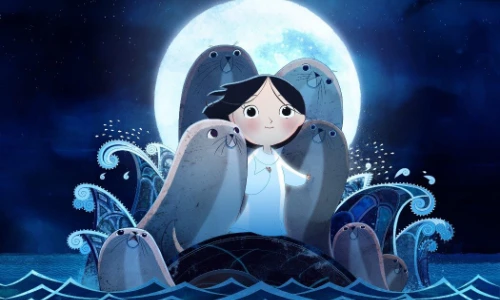
Selkies are magical creatures from Irish and Scottish folklore that live as seals in the sea but can shed their skins to become humans on land. These gentle beings are known for their beauty and grace, especially when they take human form. In many stories, a selkie will come ashore, leave its seal skin behind, and live as a human for a time.
One of the most famous selkie tales involves a human finding and hiding a selkie’s skin, preventing the selkie from returning to the sea. Often, the selkie will marry the human and live happily for years, but they always long for the ocean. Eventually, they find their hidden skin and return to the sea, leaving behind the human life they created.
The story of the selkie reflects themes of love, freedom, and the deep connection between humans and nature. These tales remind us of the pull between land and sea and how the selkie belongs to both worlds yet is truly at home in neither.
Púca – The Shape-Shifting Trickster
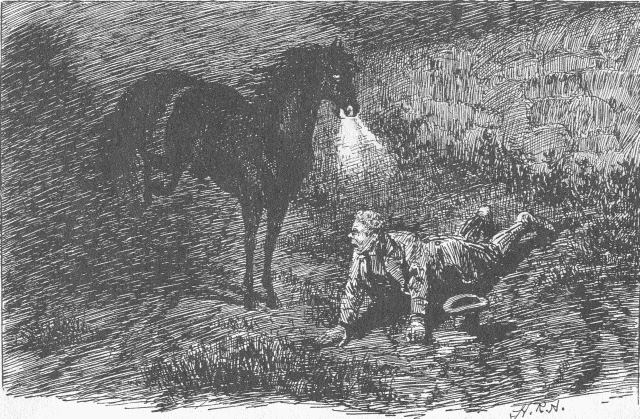
The Púca is one of Irish folklore’s most mischievous and unpredictable creatures. Known for its ability to shape-shift, the Púca can take on many forms—sometimes a horse, a dog, a cat, or even a human. However, it’s often seen as a dark, wild horse with glowing eyes.
While the Púca can be playful, its tricks are not always harmless. In some stories, it gives people wild rides through the countryside, tossing them off in strange places. In others, it causes chaos by leading travellers astray or spoiling crops. Despite its troublemaking, the Púca isn’t considered evil—just a bit dangerous and unpredictable.
People in the countryside often left offerings to keep the Púca happy, hoping to avoid its tricks. Though it can be frightening, the Púca is also a fascinating figure, showing the wild, magical side of nature in Irish folklore.
Merrow – The Sea’s Sirens
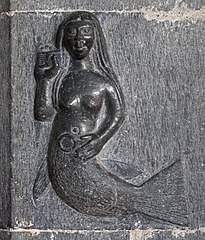
Merrows are mystical sea creatures in Irish folklore, similar to mermaids and mermen. They live in the ocean but can come to shore, sometimes taking human lovers. Female merrows are often described as incredibly beautiful, with long flowing hair. In contrast, the male merrows are said to be less attractive and more fish-like.
Merrows wear magical red caps or cloaks, which allow them to dive deep into the ocean. Without these, they cannot return to the sea. In many stories, a human might hide a merrow’s cap to keep her on land, but like the selkie, she will always long to return to the water.
These tales of merrows often explore themes of love, longing, and the powerful pull of the sea. They remind us of the mystery of the ocean and the idea that, no matter how far they go, some creatures are always drawn back to where they truly belong—the depths of the sea.
Cailleach – The Winter Hag
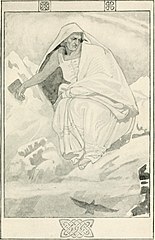
Cailleach is an ancient Irish folklore figure known as the Winter Hag. She is often depicted as an old woman with great power over the weather, especially during the cold months. Cailleach is said to bring winter storms, harsh winds, and frosty air, making her a force of nature to be respected.
In some stories, Cailleach is both creator and destroyer. With her mighty staff, she shapes the landscape, forming mountains and valleys. As winter’s ruler, she brings long, cold nights, but she also represents the cycle of life, as her power fades with the arrival of spring.
Cailleach symbolizes the strength and challenges of winter, reminding people that even in the darkest months, nature’s cycle will eventually bring warmth and new life. Though she may seem fierce, her presence is part of the natural balance in Irish folklore.
Each Uisce – The Deadly Water Horse
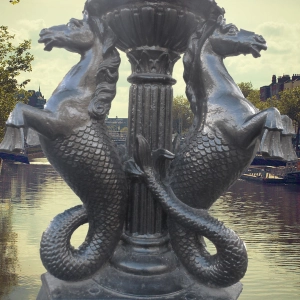
Each Uisce, known as the Water Horse, is a fearsome creature from Irish folklore. This magical being appears as a beautiful horse that lives in rivers, lakes, and other bodies of water. While it may look enticing and gentle, the Each Uisce is very dangerous.
In many stories, Each Uisce lures people to ride it. Once someone climbs on its back, the water horse dives underwater, dragging them down to their doom. Those who are wise may spot the horse’s shiny coat and flowing mane, but they should be careful, as its charm hides a deadly intent.
The legend of Each Uisce serves as a warning about the power of nature and the dangers that can lurk in seemingly beautiful places. It reminds us to respect the water and be cautious around its mysterious depths. Though fearsome, Each Uisce is a fascinating part of Ireland’s rich folklore, showing the complex relationship between humans and the natural world.
Clurichaun – The Drunken Spirit
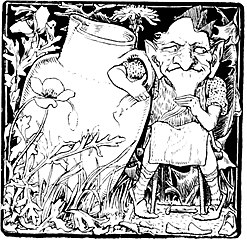
The Clurichaun is a lively and mischievous creature from Irish folklore, often seen as a close relative of the leprechaun. This little spirit is known for its love of wine and revelry. Unlike the more well-known leprechaun, the Clurichaun enjoys causing chaos, especially when it comes to drinking!
Usually described as a small man wearing a red coat, the Clurichaun is often found haunting cellars or pubs, where he indulges in a bit too much wine. Things can get quite wild when he’s around—he might knock over barrels, create a mess, or play tricks on unsuspecting patrons.
Despite his troublemaking ways, the Clurichaun is not malicious. He’s more of a playful spirit who adds a bit of fun and mischief to the night. People in the countryside sometimes left out a drink or two to keep him happy, hoping to avoid his tricks. The Clurichaun embodies the lighthearted side of Irish folklore, reminding us to enjoy life and have a little fun, even when things get a bit rowdy!
Sluagh – The Restless Dead
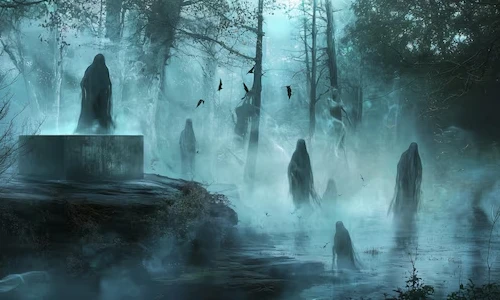
The Sluagh, pronounced “sloo-ah,” are a mysterious and eerie group of spirits in Irish folklore. They are often described as the restless souls of those who have died, especially those who didn’t receive a proper burial or who lived troubled lives. These spirits travel in large groups, sometimes appearing as dark, swirling clouds in the night sky.
In folklore, the Sluagh are known to be on the hunt for new souls to take with them to the Otherworld. When they fly by, it is said to be an omen of bad luck or even death. People believed that if you heard their haunting cries or saw them passing overhead, staying indoors and keeping quiet was important, as they could be drawn to the living.
Despite their scary reputation, the Sluagh also represent the deep connection between the living and the dead in Irish culture. They remind us of the importance of honouring those who have passed away and respecting the natural cycle of life and death. The stories of the Sluagh continue to inspire tales of the supernatural, reflecting the rich and mysterious aspects of Irish folklore.
Irish Mythological Creatures
Irish mythology is a treasure trove of fascinating stories and enchanting creatures waiting to be explored. Each tale offers a glimpse into the Irish people’s beliefs, values, and traditions, reflecting a rich and diverse culture. These legends provide entertainment and deeper insights into the human experience, from the mischievous leprechaun to the haunting Banshee.
We encourage you to delve into the world of Irish folklore, uncovering the myriad of stories and characters that have shaped Ireland’s cultural landscape. Whether through books, films, or local storytelling traditions, there’s always something new to discover. By exploring these myths and legends, you connect with the past and keep the magic of Irish heritage alive for future generations. So, embark on this journey and let the wonders of Irish mythology spark your imagination!

